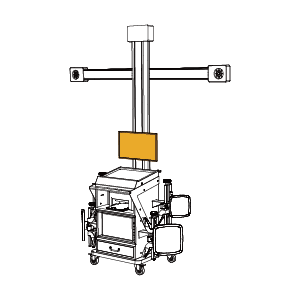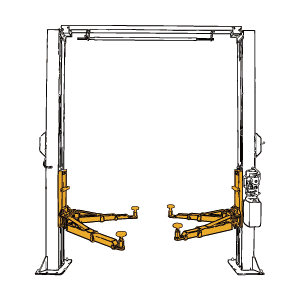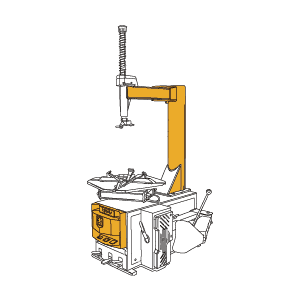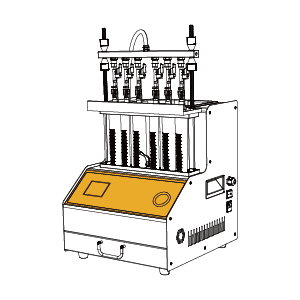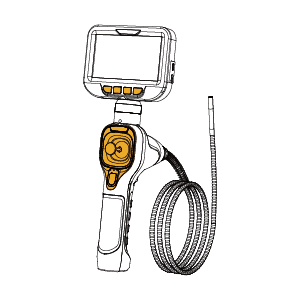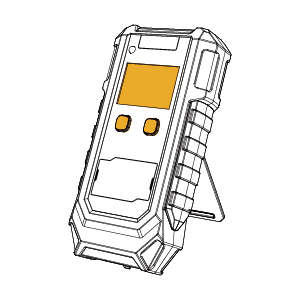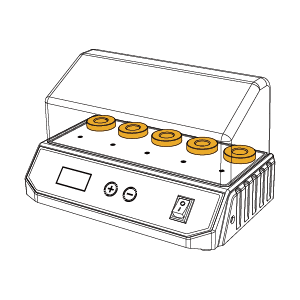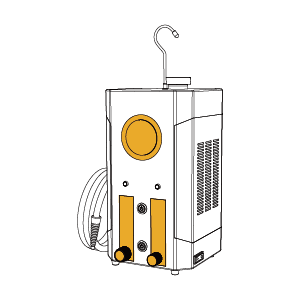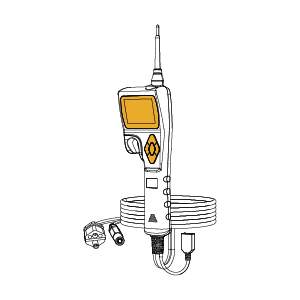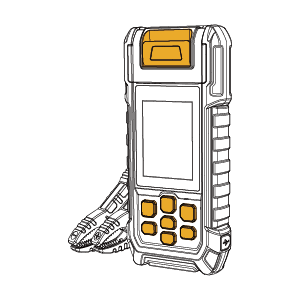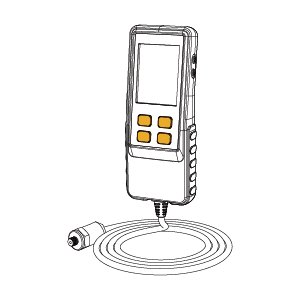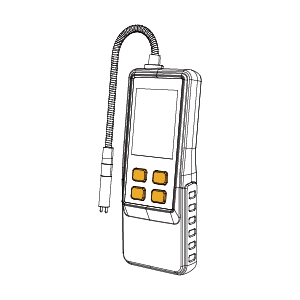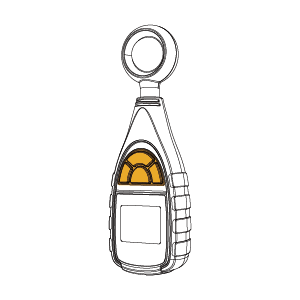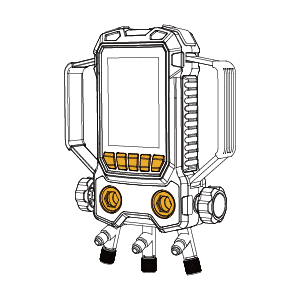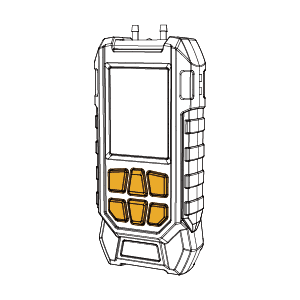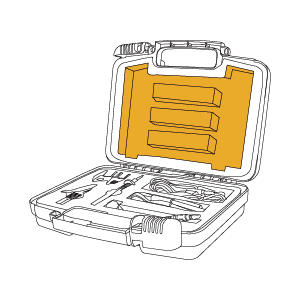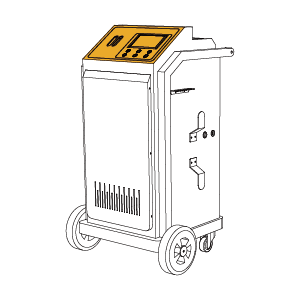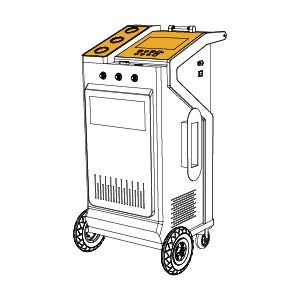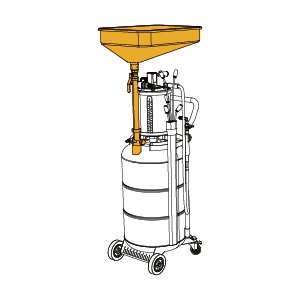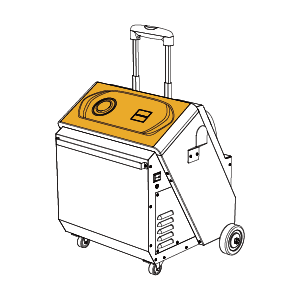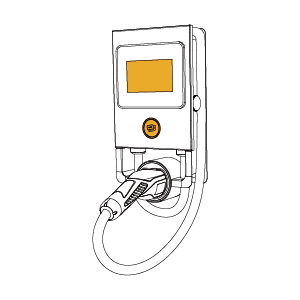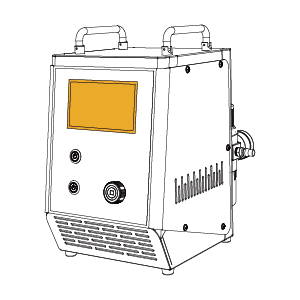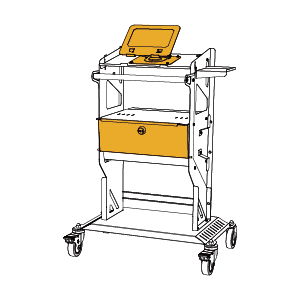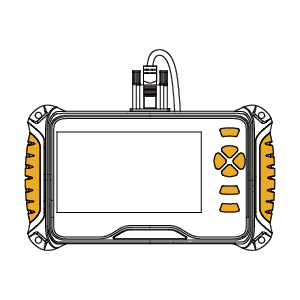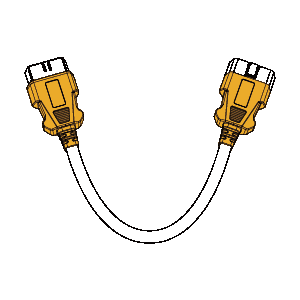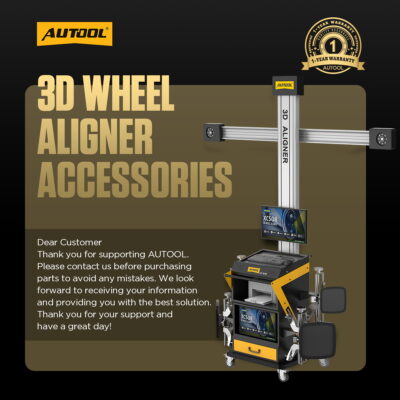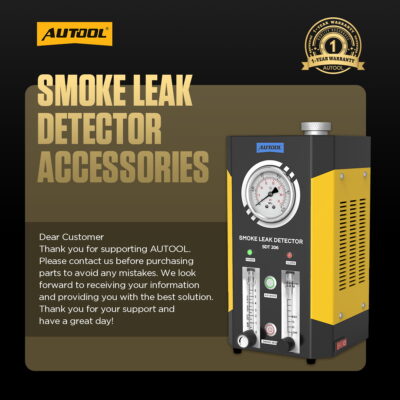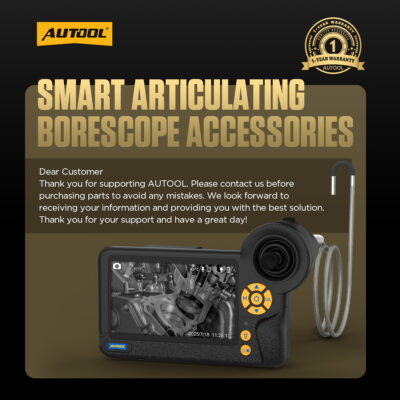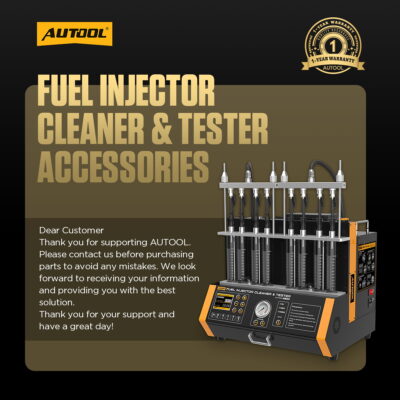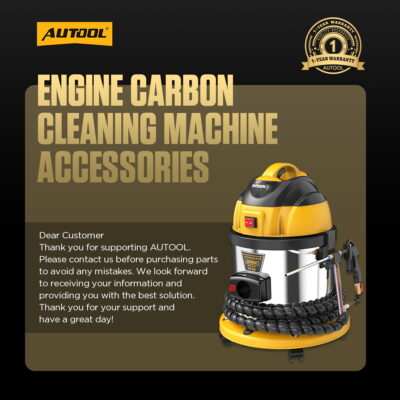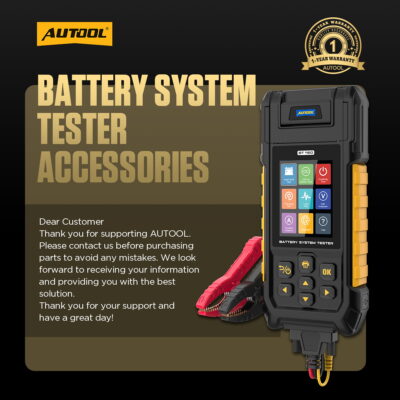Uncategorized
Say goodbye to runout! Important role of Wheel alignment machine!
Wheel alignment machine plays an important and indispensable role in the process of automobile repair and maintenance. It accurately detects the angle and position of the wheels, allowing repair and maintenance personnel to make precise adjustments and improve driving safety and comfort. Below, we will introduce the principle, application, and advantages of automotive alignment machines in detail.
How a Wheel alignment machine works
The tire alignment machine ensures the wheels are perpendicular to the ground and parallel to each other, optimizing vehicle handling, tire wear, and performance. Mechanics use four-wheel aligners to check wheel angles and positions, correct deviations, and improve vehicle function.. This process makes the vehicle ride smoother and helps prolong the service life of the tires. Typically, a wheel aligner consists of a measuring instrument, a measuring cart, and a wheel clamp.
1. Technicians place the vehicle on a flat, level surface, usually a specialized alignment stand or lift. They then attach the alignment gauge to the vehicle’s wheels using clamps or sensors to collect the data needed for the alignment process.
2. Wheel Measurements: Aligners use sensors or cameras to measure various angles and positions of wheels. The most common measurements include camber, toe, and sometimes thrust angles. Technicians compare these measurements to the manufacturer’s specifications or recommendations.
- Camber: This is the vertical inclination of the wheel when viewed from the front. Positive camber indicates that the top of the wheel is tilted outward, while negative camber indicates that the top of the wheel is tilted inward.
- Caster: Caster angle is the angle at which the steering shaft tilts forward or backward when viewed from the side. It affects steering stability and the ability to right itself. A positive caster indicates that the steering shaft is tilted backward, while a negative caster indicates that the steering shaft is tilted forward.
- Toe-In: The toe-in angle determines the alignment of the leading edge of the wheel when viewed from above. Toe-in indicates that the leading edges of the wheels are closer together and toe-out indicates that the leading edges of the wheels are farther apart.
- Thrust Angle: This measurement evaluates the direction of alignment of the rear wheels relative to the vehicle centerline.
3. Adjustment process: Based on the measurements obtained, the alignment instrument provides recommendations for adjusting the wheel angle. Adjustments are made by loosening or tightening suspension components or using specialized tools to change the position of parts. Camber adjustment moves the top of the wheel inward or outward, often using suspension components or a camber kit. Caster adjustment, affecting the steering axle, requires specialized tools and suspension adjustments.
4. VERIFICATION: Once the adjustment is complete, the alignment gauge will recheck the wheel angle to make sure it is within the specified range. This step helps to confirm that the adjustment was successful and that the vehicle’s wheels are properly aligned. FINAL REPORT: After the alignment, the aligner generates a report with initial measurements, adjustments, and final results. This report can be shared with the vehicle owner for transparency and documentation. While different aligners may vary in features, the basic principles of the alignment process remain the same.
5. Final Report: Upon completion of the alignment process, the aligner generates a report detailing the initial measurements, adjustments, and final measurements. This report can be shared with the owner as a record to provide transparency and documentation of the alignment service.
Application of 4-wheel tracking
-
When should I get an automotive alignment machine?
- The vehicle’s driving performance is affected, with the most direct symptom being the runaway, and the failure of the wheel to return automatically after steering being one of them.
- Damage to the chassis and suspension as a result of the accident.
- Abnormal tire wear (but we should also consider whether the abnormal wear is caused by abnormal tire pressure. High tire pressure causes wear in the center of the tread, while low-pressure increases wear on both sides. Bias wear on one side may indicate a camber angle deviation. Abnormal wear from the front beam will be discussed later.
- The axle and suspension parts have been removed.
2. Why do I need a wheel alignment machine?
You need a tire alignment machine adjustment because misalignment affects how your vehicle drives. It’s easy to see why—when your vehicle is out of alignment, it directly impacts your driving experience. Does the fact that it doesn’t run off the road mean it’s okay? Whether yes or no, it’s somewhat one-sided. When chassis data changes, it affects driving characteristics. Runaway is just a symptom, but most people can perceive this change.
3. Invisible Changes
4. What parts need to be aligned after disassembly?
Advantages of a Wheel alignment machine
The four-wheel aligner can improve the driving safety and comfort of the car and plays a pivotal role in car repair and maintenance. The main advantages include:
1. High reliability: four-wheel aligners can accurately detect and locate the angle and position of the wheels so that the vehicle can be more accurately adjusted and maintained to improve the safety and comfort of automobile driving.
2. Wide applicability: A Wheel alignment machine is suitable for all types of vehicles, whether it is a family car, commercial vehicle, car, or off-road vehicle, use the Wheel alignment machine to carry out testing and positioning.
3. Simple operation: the operation of the four-wheel aligner is very simple, you only need to place the gauge under the vehicle, and then the wheel clamps clamp the wheels can begin to detect and locate. At the same time, the four-wheel aligner can also be adjusted and managed more accurately through computer software.
4. Moderate price: A four-wheel aligner is moderately priced, although slightly higher than ordinary repair tools, but its accuracy and efficiency are incomparable, and in the long run is still very cost-effective.
Conclusion
Tire alignment machine plays an important role in the process of automobile repair and maintenance. It can help automobile repair and maintenance personnel to carry out more accurate adjustments and maintenance of the vehicle to improve the safety and comfort of automobile driving. The four-wheel aligner has a wide range of applications and is easy to operate and affordable, so it can be said to be an important piece of equipment in the automotive repair and maintenance industry.
Related blog



